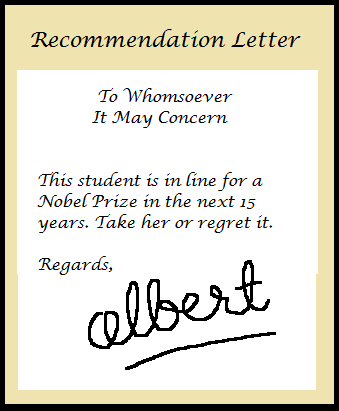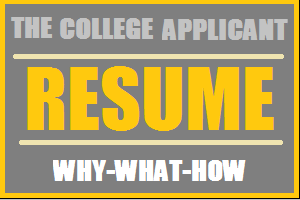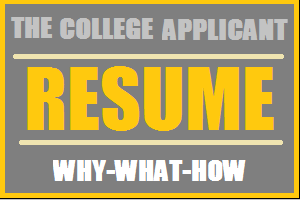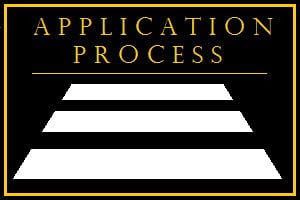If you are applying for fall 2021 the clock has begun to tick. So, don’t delay. Here is a detailed Timeline to help you start and streamline your application process:
October-December 2020
Register for the GRE and TOEFL examinations – these examinations should preferably be taken by 15th December 2020.
October 2020
- Make a preliminary list of universities which meet your requirements considering:
- Broad specializations you are interested in
- Expected GRE score
- Academic record
- Budget
- Recommendations by seniors studying in American universities
November 2020
- Documentation
- Start working on your Statement of Purpose (SOP). SOP is a crucial document that provides insights into your purpose of joining the course and university, your personality, experience in the field and long-term goals. It should be around 500 to 800 words long, precise, interesting, grammatically and technically sound.
- Arrange for 4 sets of college and university transcripts.
- Choose your recommenders (preferably college professors/project guides/employers) and keep recommendation letters ready.
November-December 2020
- Test and application process
- Take the GRE and TOEFL exams latest by 20th December 2020
- Shortlist your final 8 to 10 universities.
- Complete online application process latest by 30th of December and send the required documents by courier. Of course, universities accept applications even till 31st March, so you can send them by January too in case of any delay.
- Request the ETS to forward your GRE and TOEFL scores to the universities you are applying to. (scores take minimum 2 weeks to come)
After sending the applications
You will most likely receive admission decisions from Feb/March. Once you receive the decisions, email your acceptance. This is very important especially when you are offered funding.
- When you have accepted the university’s offer of admission and the documentation formalities are complete, the university will send you the 1-20, an immigration document, which is essential for obtaining a visa. Some universities send I-20 along with the acceptance letter.
- Prepare the visa documentation according to the total cost of one year mentioned on the I-20
- Study the visa application formalities specified on the official website of the applicable US Consulate.
- Apply for a visa interview date – you can apply for a visa interview 120 days before the joining date mentioned on your I-20. Generally, students start applying for a visa from the third week of April. Once you get the visa date, proceed with the interview and complete the remaining formalities until your departure date.
At Dilip Oak’s Academy, we provide detailed guidance on these processes under our admission counselling services that include, selection of universities, drafting SOP and LOR, documentation process and visa counselling. Till date, we have sent 30,000 students to various universities in America including MIT, Stanford, Cornell, Carnegie Mellon and other top-ranked universities. To enrol, call us on 91-020-67444222, 91-8007878495.


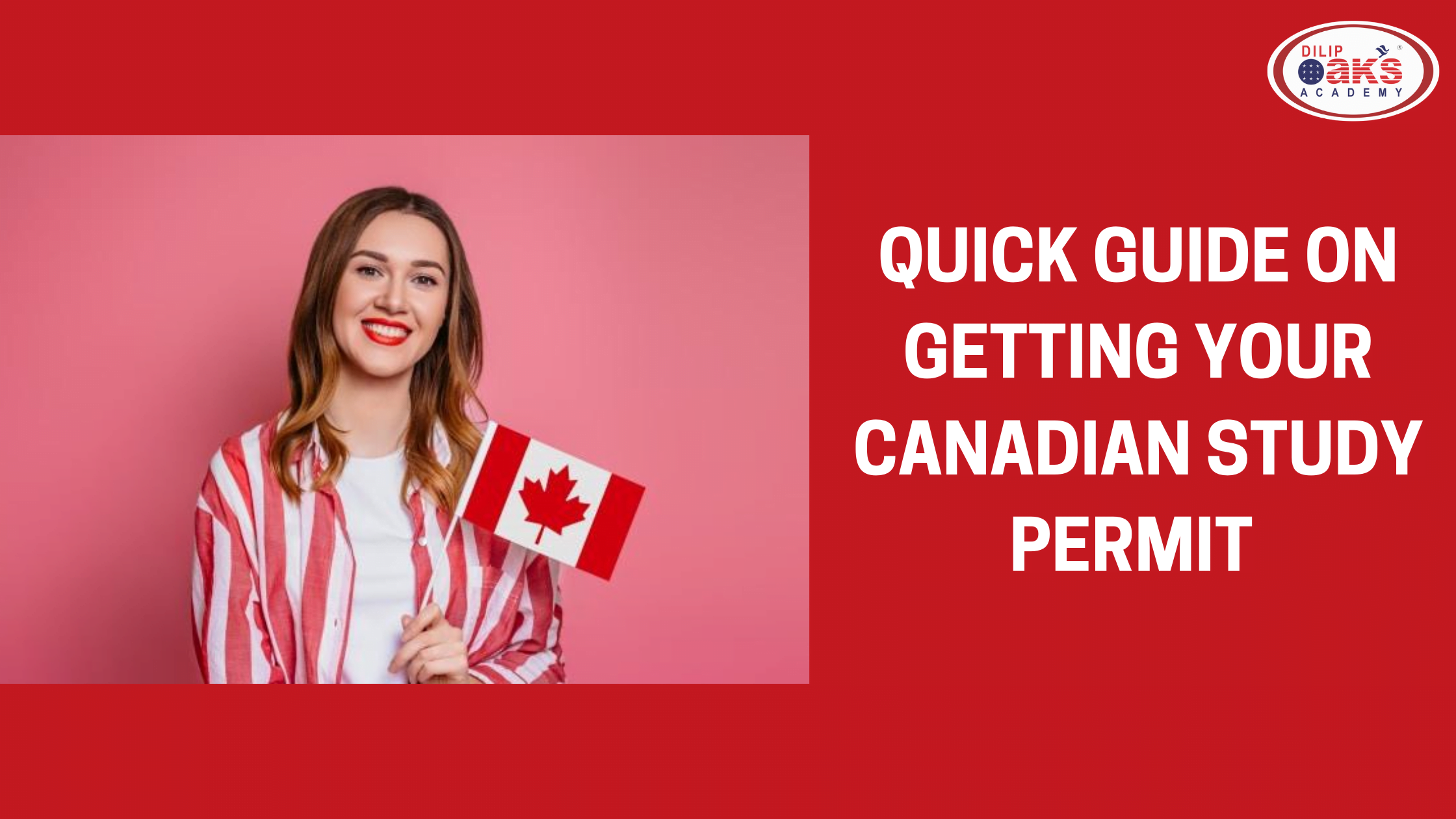

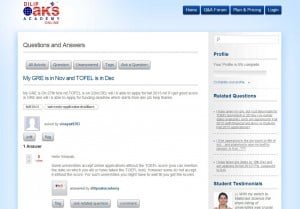 ask any questions you have regarding the application process for American universities
ask any questions you have regarding the application process for American universities